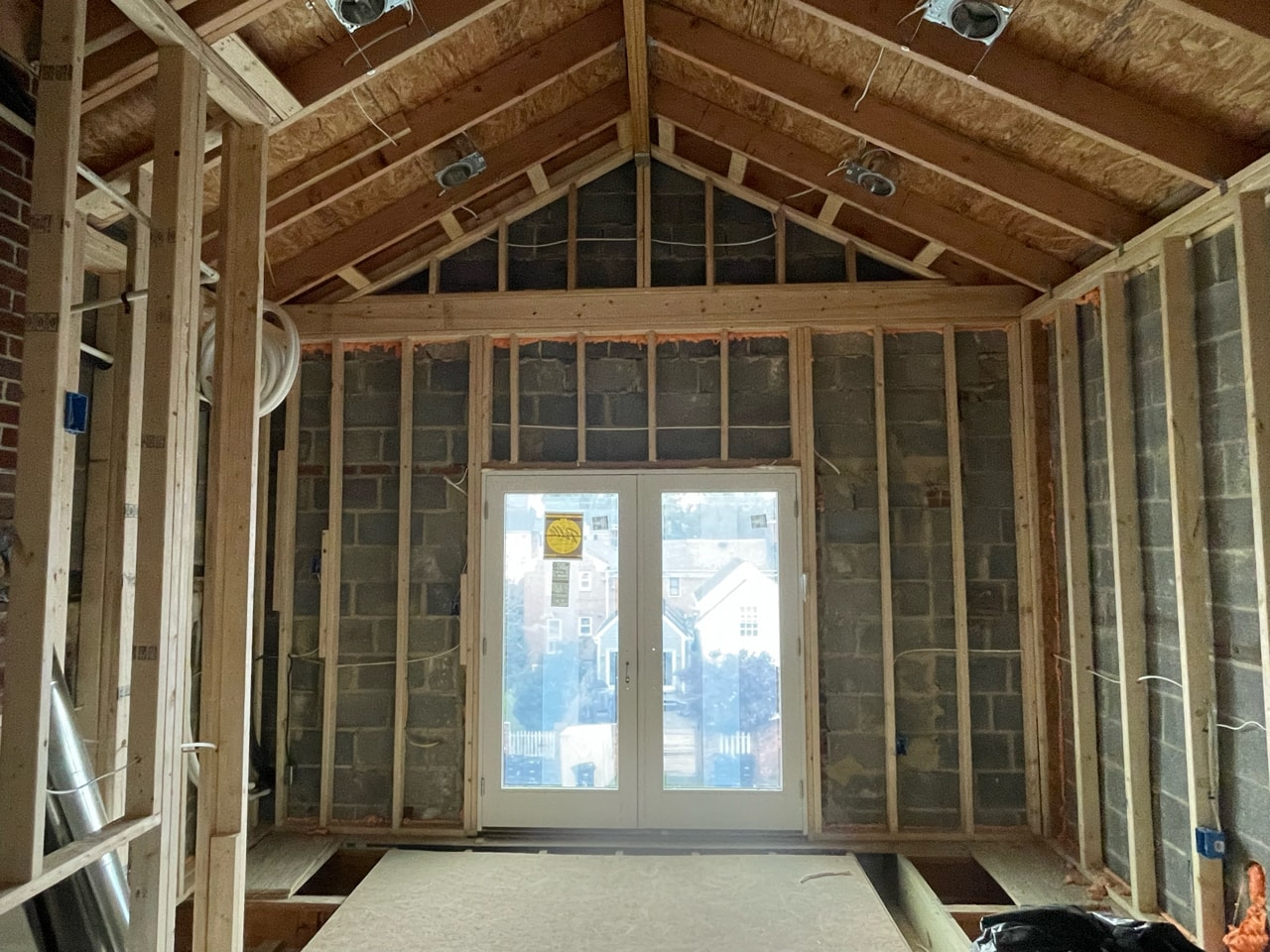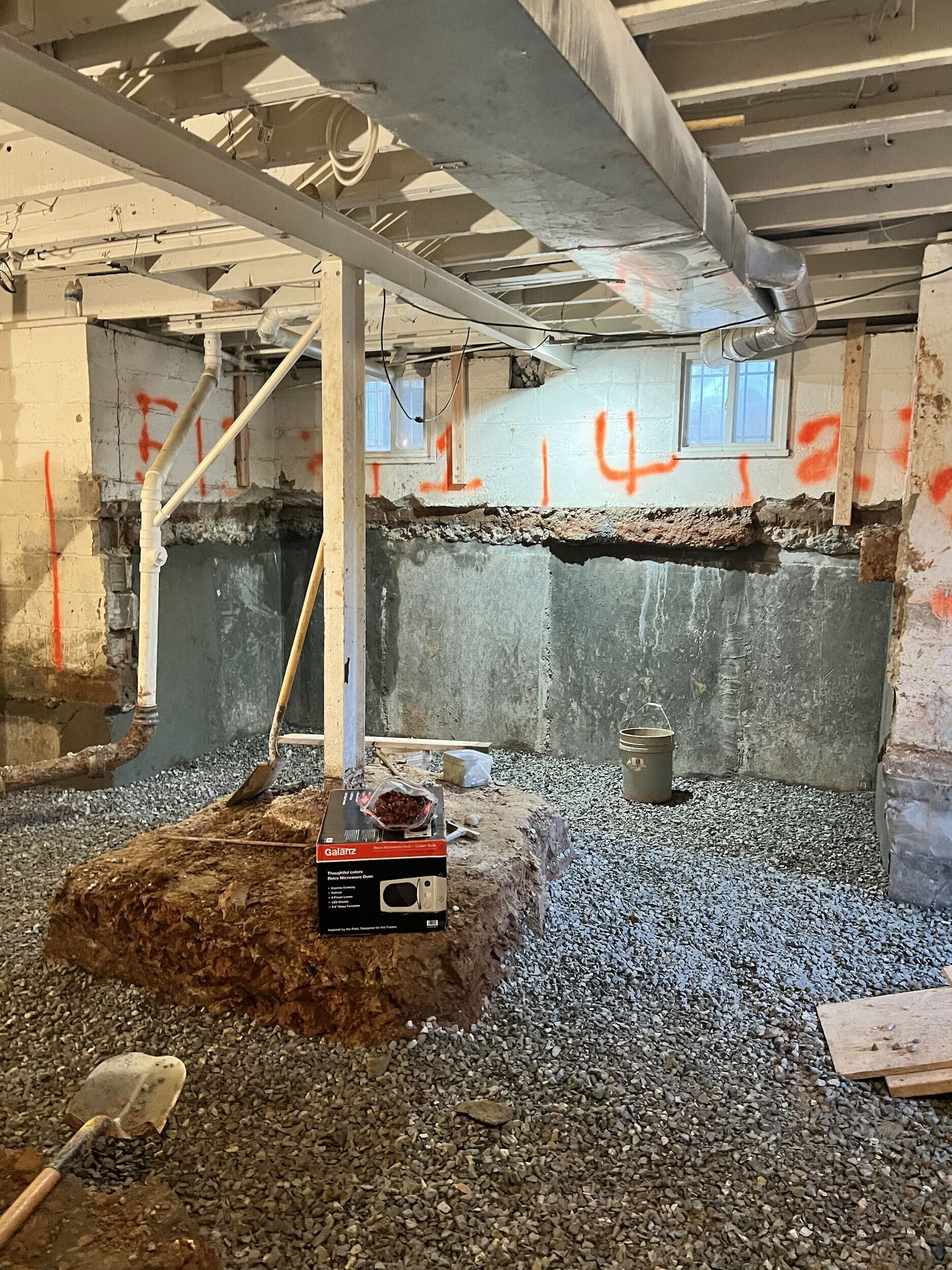by Robert Khederian
Buying a historic house often means acquiring a fixer-upper. And that’s not necessarily a bad thing! Details like woodwork, fireplaces, and wide floorboards, are usually left unspoiled by previous renovations in a house than needs work-and then there’s the exciting opportunity to bring an old house back to life.
Restoring a historic house is no small undertaking. Not only does special care need to be taken when dealing with old structures and building materials, but old houses are full of surprises, and costs can add up quickly. But if there’s one thing we’ve learned, its that a renovation done right can turn a nightmare into a dream home.
We turned to one of our favorite interior designers and architects, fellow old-house obsessive Steven Gambrel, who has restored and renovated a number of 18th- and 19th-century houses in and around New York-like the 1853-built Captain Overton house in Sag Harbor-to learn a bit about what to expect, and what to look for, when restoring a period house.
1. Be prepared to live in a historic house
“If you’re going to buy a historic house because you love the old wavy glass windows and the spirit of the floors,” says Gambrel, “You must understand that you’re not going to be able to have some of the creature comforts that come with 21st century living.”
Do you count on things like radiant floors-or even just something like an evenly heated or cooled room-as a must-have? Then living in an older house, with its irregularities, may not be for you. “I would do anything on earth to maintain the wavy glass in the windows, even if it means having a drafty room,” says Gambrel. “I would just put on another sweater. But, if you’re not that person, then that’s not the right house for you.”
2. Watch out for water
Keep an eye out-especially around the ceilings, floors, and windows-for signs of water damage. That could be a warning of serious structural issues. “You need to understand that water damage is very serious and important. It needs to be addressed,” says Gambrel. “Water damage has long-term effects like dry rot. Also, bugs love wet environments.”
One of the areas of the structure to check for water damage is the sill plate. The sill plate is the bottommost horizontal component of the structure that runs around the entire foundation. All of the vertical structural supports for the house are attached to the sill plate.
“The sill plate often gets the most abuse, water-wise, because it sits closely to the wet ground,” says Gambrel. “If the sill plate is rotten, then that’s a lot of the reason why the floors are crooked, because that’s the whole structure that the house sits on.”
3. Bring the (right) people along with you
A contractor can help estimate the amount of work that needs to be done and its cost. But, select the people you consult very carefully.
Don’t feel like you need to bring an inspector with you. At least not right away. “[Inspectors] often don’t have specific knowledge about preservation,” says Gambrel. “They will usually tell you general things like ‘the house needs to be updated.’ And then you’re like ‘yes, of course.’ You need to get more specific in order to be helpful.”
Research and contact people who have experience working with old houses: “You need a local historian or contractor who restores historic houses. They can provide the most assistance and tell you about the restoration process that needs to be done,” says Gambrel.
And, above all, anybody you bring must understand your ultimate goal of restoring the property. “A lot of people don’t understand the difference between preservation and ripping something out and starting over,” says Gambrel “That’s not what you want. You need talented people who can help you through the process of restoring an old home.”
4. On a budget? Start small
While older houses-regardless of size-will probably all need to have updates and renovations, if you don’t have access to the coffers of the Roman Empire (and if you’ve never renovated a house before), look for a smaller house, which will be more manageable.
“Buy quality materials and renovate less-I will always advocate for that,” says Gambrel, whose renovation of the Captain Overton house in Sag Harbor includes double-mahogany glazed windows, custom-designed brass hardware, and salvaged marble mantles. “I would rather live in a perfectly restored tiny 18th-century saltbox than a crashing down mansion with crappy tiles.”
5. Be smart about your investment
Even if you don’t ever plan to sell, Gambrel says it’s smart to consider resale value when budgeting. “The biggest problem with renovation and preservation is that it costs the same amount of money to renovate a house in several different locations, regardless of what the market can support,” he says. “You don’t want to find yourself spending too much money in a place that won’t yield an equal return.”
To that end-research about what fully renovated houses sell for in the area and let that inform how you structure your budget. As much as we hate to say it, one easy target for conserving the budget is by picking and choosing which fireplaces to restore.
Often in fixer uppers, fireplaces are not in working order and need to be relined or have their masonry otherwise repaired-a process that Gambrel says can cost upwards of $12,000 per chimney. If you find a place with multiple fireplaces-and chimneys-it might be smart to pick and choose which to repair.
6. Start with the roof, windows, and masonry
It might be tempting to pick out kitchen cabinets and paint swatches right away, but the first stages of the renovation should be practical rather than aesthetic. “It’s like managing a crisis-you need to first fix things that are going to stop any future damage from happening,” says Gambrel. “Get the house watertight. Fix the roof, windows, and masonry.”
Sometimes, the location of the house directly relates to the strength and quality of the building materials. “The serious problem you’ll find with some regions is that occasionally, there’s sand in the mortar. That negatively affects its integrity,” says Gambrel. “Because there’s so much sand in the earth here on Long Island, many 18th-century chimneys were made with this weaker mortar, so the masonry will be weaker and in need of more attention.”
Fireplaces and chimneys are a good place to check if mortar needs to be repaired, a process called repointing. Simply use your hands to conduct a preliminary test before calling in specialists: “If you don’t see any mortar missing [from between the bricks/stone in a house], use your fingers to touch and tap on the mortar to see if it comes apart.”
7. Technology is your friend
While Gambrel warns that updating heating, cooling, and electrical systems of a house are easily the most expensive part of any renovation, don’t worry that executing the updates will necessitate ripping out all the period details you came to love in the first place.
“Technology has been extremely kind to preservation-you can break down a mechanical system into smaller units, feed the upper floors from the attic and the lower floors from the basement,” says Gambrel. “It’s called a split system, and it’s a really good way to have not as much damage done to the historical fabric of the house.”
8. Embrace the non-threatening quirks
Leveling out uneven floors in an old house can be a time-consuming-and costly-process. Why not accommodate them into the design scheme of the house? “In Manhattan, I have a house that was built in 1827. It’s crooked! So I left it crooked,” says Gambrel. “I designed all the millwork, like the baseboards, accommodate the crooked floors. The baseboard might be 6″ high in one location and then 8″ in another.”
Similarly, if you’re figuring out where to add bathrooms and closets, try to view the problem as an opportunity. The restored Captain Overton house has a bedroom with a bed built into a niche that was created when Gambrel added a bathroom to the second floor.
It’s all about knowing what to sacrifice to preserve the rest. “I would rather maintain the integrity of 3 compelling rooms and compromise the 4th rather than chop away at all four and be left with four average spaces,” says Gambrel. “You have to make it a creative opportunity. That’s where the beauty, charm, and quirkiness of a renovation is.”
View the entire article HERE


